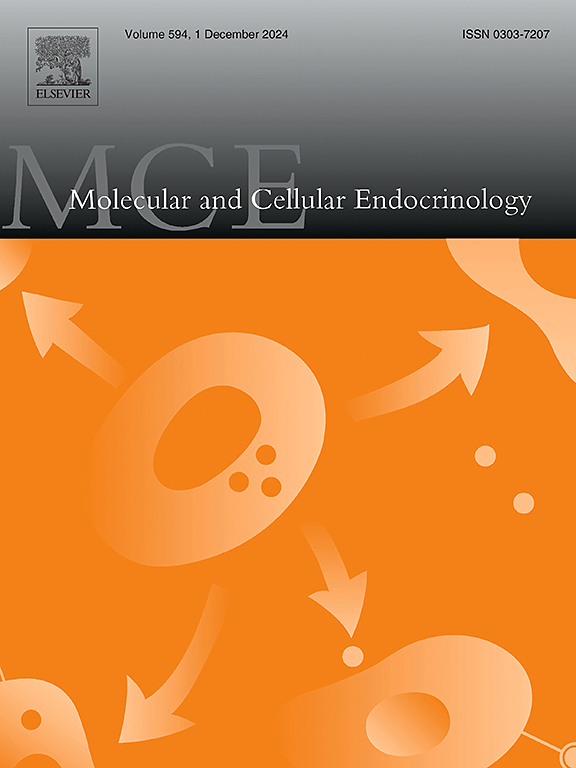Vitronectin stimulates hepatic gluconeogenesis by activating the cAMP/PKA/CREB axis in the liver
IF 3.8
3区 医学
Q2 CELL BIOLOGY
引用次数: 0
Abstract
Vitronectin, a protein derived the human placenta, has been identified as an inducer of insulin resistance in trophoblast cells in gestational diabetes mellitus (GDM). As a secreted protein, vitronectin may have systemic effects on dysregulated glucose metabolism in GDM. To address this speculation, we generated a GDM mouse model using high-fat diet-induced obese mice. Consistent with findings in placentas of GDM patients, GDM mouse placentas showed higher vitronectin expression, accompanied by increased serum vitronectin levels. Reduced insulin signaling transduction was observed in both the placentas and livers of GDM mice, along with enhanced hepatic gluconeogenesis. To further explore the role of vitronectin in hepatic gluconeogenesis, we constructed an adeno-associated virus expressing Vtn (AAV-VTN), which was administered to mice via tail vein injection. In AAV-VTN-treated mice, glucose production from exogenous pyruvate increased, and the expression of gluconeogenic genes in the liver was upregulated, indicating that hepatic gluconeogenesis was stimulated by vitronectin. Mechanistically, vitronectin binds to its receptor CD51/61, activating the cAMP/PKA/CREB axis in hepatocytes, thereby promoting hepatic gluconeogenesis. In summary, our findings suggest that placenta-derived vitronectin plays a critical role in inducing insulin resistance in the liver in GDM. Moreover, vitronectin stimulates hepatic gluconeogenesis through activation of the cAMP/PKA/CREB axis. These results point to vitronectin as a potential therapeutic target for managing hyperglycemia in GDM.
求助全文
约1分钟内获得全文
求助全文
来源期刊

Molecular and Cellular Endocrinology
医学-内分泌学与代谢
CiteScore
9.00
自引率
2.40%
发文量
174
审稿时长
42 days
期刊介绍:
Molecular and Cellular Endocrinology was established in 1974 to meet the demand for integrated publication on all aspects related to the genetic and biochemical effects, synthesis and secretions of extracellular signals (hormones, neurotransmitters, etc.) and to the understanding of cellular regulatory mechanisms involved in hormonal control.
 求助内容:
求助内容: 应助结果提醒方式:
应助结果提醒方式:


